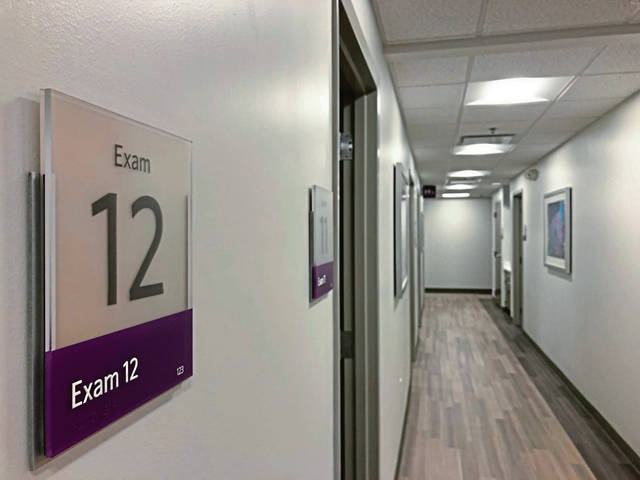Editorial: Community health centers are essential healers
The first hospital in Pittsburgh opened its doors in 1847, when the Sisters of Mercy built on their mission of aiding the sick.
It has been 174 years, and, today, healing the sick and maintaining the healthy has become a billion-dollar industry in the region. On June 2, UPMC released its 2020 numbers, reporting $23.1 billion in revenue at a time when many medical facilities were stretched and other industries were breaking.
Hospitals are more than just an economic battery that provides jobs and powers related businesses. They are a vital organ that keeps the community healthy. From birth to broken bones to blood tests, a functioning hospital’s effect is felt every day.
So it is tragic that so many have been crumbling. Since 2004, 180 rural hospitals in America have closed. They aren’t in Pittsburgh or Greensburg, no. But they aren’t far away. Philipsburg Area Hospital in Centre County shuttered in 2006. Ellwood City Medical Center in Lawrence County closed in 2019 and UPMC Susquehanna Sunbury in Northumberland in 2020.
The pandemic wasn’t responsible for any of those closures. But it may point out the critical need for neighborhood care.
While Southwestern Pennsylvanians might not always enjoy the uneasy tension between medical giants UPMC and Highmark, the people are lucky to have world-class medical care in the backyard. Across the state, plenty of communities have seen those services disappear or move out of safe and easy reach.
The inaccessibility is problematic when getting a 10-minute test means taking a day off work. You may never think about how far away the hospital is, but when you have chest pains or an asthma attack or go into labor, it becomes terrifyingly clear.
That makes it all the better for New Kensington that the new UPMC St. Margaret Family Health Center has moved to a larger, more up-to-date location.
Six years in the planning, it took one year to build. It offers a range of services including primary care, obstetrics, pediatrics, opioid-use disorder intervention, psychiatry, social work and behavioral health and covid-19 vaccination.
Maybe the Sisters of Mercy didn’t envision exactly this kind of care 174 years ago, but it is the natural evolution of their mission to be a “compassionate and transforming, healing presence within our communities.”
The presence — easily accessible and comfortingly close — is a luxury too many communities do not have, but the Pittsburgh area’s wealth of hospitals and other medical facilities are a local treasure.
Remove the ads from your TribLIVE reading experience but still support the journalists who create the content with TribLIVE Ad-Free.

